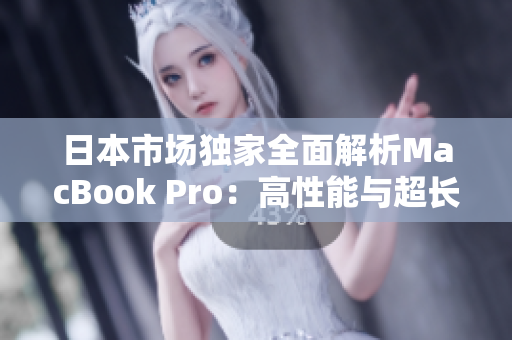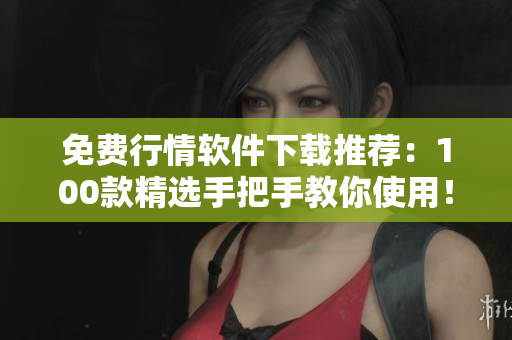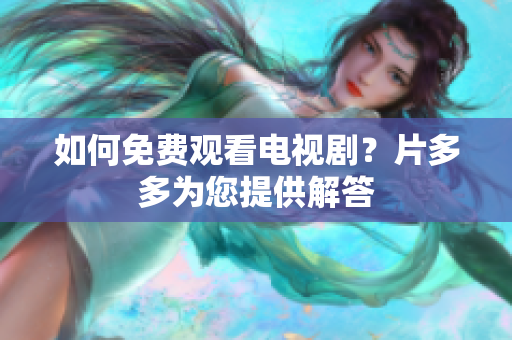16 Personalities: A Guide to Understanding Yourself and Others
Everyone is unique in their own way, but have you ever wondered why some people seem to just "get" each other while others clash? The answer lies in personality types, and one popular framework for understanding these types is 16 Personalities.
Developed by a team of psychologists, 16 Personalities is based on the Myers-Briggs Type Indicator (MBTI) and categorizes individuals into 16 different personality types based on four dichotomies:
Extroversion (E) vs. Introversion (I)
People with extroverted tendencies draw energy from being around others and tend to be outgoing, social, and talkative. Conversely, introverts tend to be more reserved, preferring solitary activities and recharging alone.
Sensing (S) vs. Intuition (N)
Individuals who prefer sensing take in information through their five senses and are detail-oriented. Those who prefer intuition rely on their gut feeling and pattern recognition to interpret and connect ideas.
Thinking (T) vs. Feeling (F)
Thinkers rely on logic and analysis, often prioritizing facts over emotions. Feelers, on the other hand, use emotions to navigate their decisions and are more in tune with their own and others' feelings.
Judging (J) vs. Perceiving (P)
Those who prefer judging like structure and predictability, and tend to make decisions quickly. Perceivers, on the other hand, enjoy flexibility and are often more spontaneous, delaying decision-making until they feel they have gathered enough information.
Understanding your own personality type and those of others can help improve communication and relationships. It can also provide insight into career paths, hobbies, and interests that align with your strengths and preferences.
16-Year-Old MacBook Pro: A Blast from the Past
Released in 2006, the 16-year-old MacBook Pro was the first Apple laptop to feature an Intel processor and a built-in webcam. It was also the first model with the now-iconic unibody aluminum construction.
While it may seem outdated now, the 16-year-old MacBook Pro was a revolutionary device in its time, paving the way for the sleek and powerful laptops we know and love today. Despite its age, it's still possible to find and use these vintage computers, although they may not have the same performance and capabilities as newer models.
Some tech enthusiasts even collect and restore old MacBook Pros, appreciating their historical significance and design.
16-Year-Olds in Japan: Coming of Age
In Japan, reaching the age of 16 is a significant milestone, as it marks the transition from childhood to adulthood. This tradition is known as the "Coming of Age Day," or Seijin-no-hi.
On the second Monday of January each year, 16-year-olds dress up in ceremonial attire, attend local government meetings, and visit temples or shrines to pray for good fortune and success in their adult lives. It's also a time for family and friends to celebrate and reflect on the young adult's accomplishments and achievements thus far.
Seijin-no-hi is a powerful symbol of the progression of time and growth, as well as a reminder of the importance of tradition and community in Japanese culture.
19-Year-Old MacBook Pro: Almost but Not Quite
If the 16-year-old MacBook Pro represents the past, the 19-year-old MacBook Pro represents the future that almost was. Rumors and leaks in 2002 suggested that Apple was working on a device known as the "MacBook Pro," set to release in 2003 or early 2004. The details were scarce, but enthusiasts were excited about the prospect of a powerful and portable Apple laptop.
Unfortunately, the device never materialized, and it wasn't until three years later that the MacBook Pro we know today was released. Still, it's interesting to consider what could have been if the 19-year-old MacBook Pro had come to fruition.
Today, the MacBook Pro remains one of Apple's flagship products, loved by creatives, professionals, and casual users alike.
Conclusion
From personality types to vintage computers and cultural traditions, the concepts of 16 Personalities, the 16-year-old MacBook Pro, 16-year-olds in Japan, and the almost-but-not-quite 19-year-old MacBook Pro all illustrate the diversity and complexity of human experiences. Each of these topics provides an opportunity to learn, reflect, and appreciate the past, present, and future.









